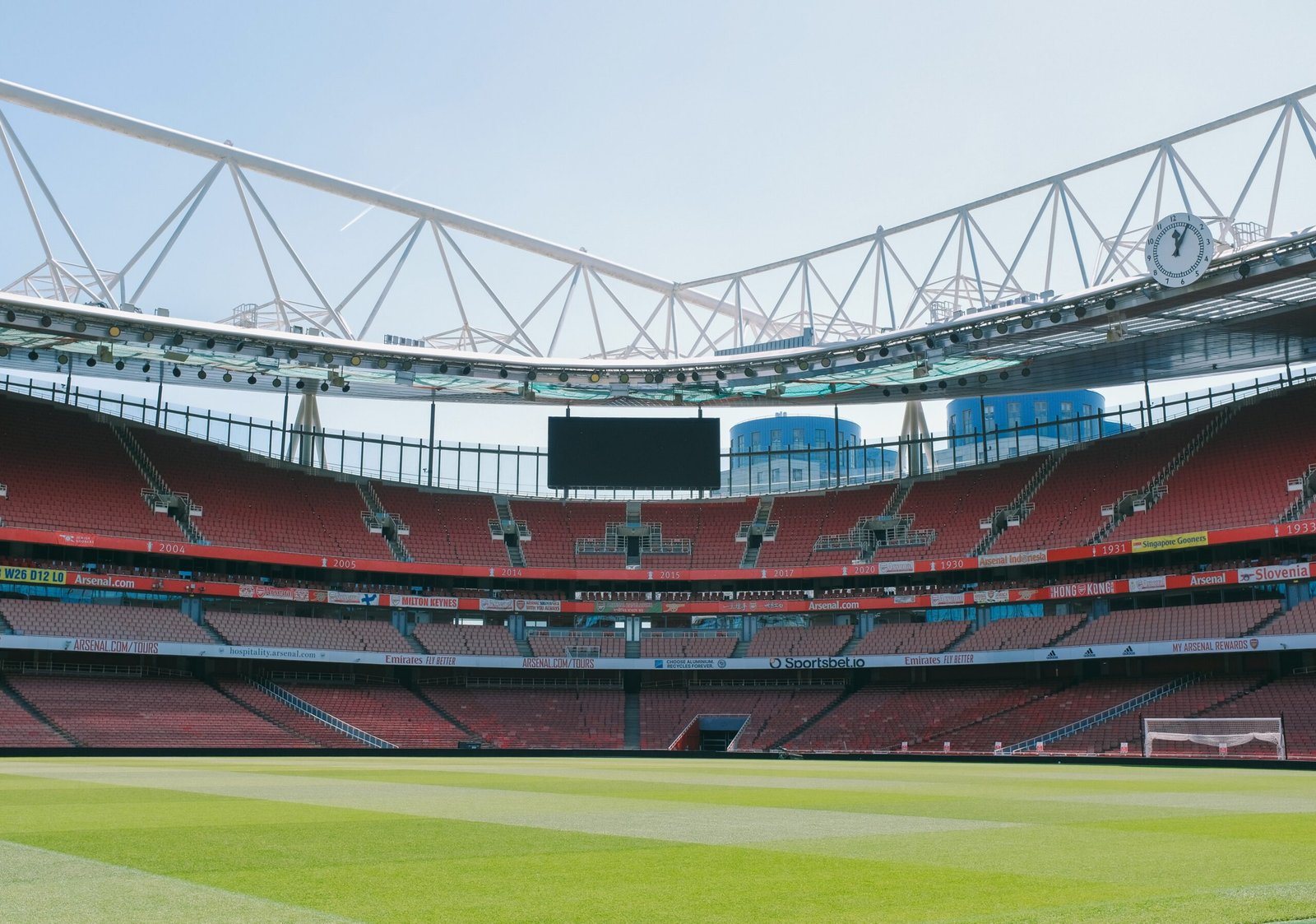Cricket is more than just a sport in India; it is a religion that unites millions of fans across the country. Over the years, India has witnessed some iconic cricket matches, with many of them taking place in historic stadiums. In this blog post, we will take a look at the top 10 oldest cricket stadiums in India, each with its own unique history and charm.
1. Eden Gardens, Kolkata:
Located in the heart of Kolkata, Eden Gardens is not only the oldest cricket stadium in India but also one of the largest in the world. Established in 1864, it has a seating capacity of over 66,000 spectators. This iconic stadium has witnessed numerous historic moments, including the first-ever cricket test match in India.
2. Feroz Shah Kotla Ground, Delhi:
With a history dating back to 1883, the Feroz Shah Kotla Ground in Delhi is the second oldest cricket stadium in India. It has hosted many memorable matches, including the highest individual score in test cricket by Virender Sehwag. The stadium has a seating capacity of around 41,000 spectators.
3. Brabourne Stadium, Mumbai:
Built in 1937, the Brabourne Stadium in Mumbai is one of the oldest cricket grounds in India. It has a rich history and has hosted several international matches. Initially, it was the home ground for the Bombay Cricket Association, and later it became the headquarters of the Board of Control for Cricket in India (BCCI).
4. M. Chinnaswamy Stadium, Bengaluru:
Established in 1969, the M. Chinnaswamy Stadium in Bengaluru is one of the oldest cricket stadiums in South India. It has a seating capacity of around 38,000 spectators and has witnessed some thrilling matches, including the famous tied test match between India and Australia in 1986.
5. Wankhede Stadium, Mumbai:
Built in 1974, the Wankhede Stadium in Mumbai is not only one of the oldest cricket stadiums in India but also one of the most iconic. It has a seating capacity of around 33,000 spectators and has hosted several high-profile matches, including the final of the 2011 ICC Cricket World Cup.
6. Chepauk Stadium, Chennai:
Established in 1916, the M. A. Chidambaram Stadium, popularly known as Chepauk Stadium, is one of the oldest cricket grounds in India. It has a rich cricketing history and has witnessed many memorable matches. The stadium has a seating capacity of around 38,000 spectators.
7. Himachal Pradesh Cricket Association Stadium, Dharamshala:
Located amidst the picturesque hills of Dharamshala, the Himachal Pradesh Cricket Association Stadium is one of the most scenic cricket grounds in India. Established in 2003, it has a seating capacity of around 23,000 spectators and has hosted several international matches.
8. Barabati Stadium, Cuttack:
Built in 1958, the Barabati Stadium in Cuttack is one of the oldest cricket stadiums in eastern India. It has a seating capacity of around 45,000 spectators and has witnessed many thrilling matches, including high-scoring encounters.
9. Jawaharlal Nehru Stadium, Kochi:
Established in 1996, the Jawaharlal Nehru Stadium in Kochi is not only a cricket stadium but also a multi-purpose sports complex. It has a seating capacity of around 39,000 spectators and has hosted several international cricket matches.
10. Sardar Patel Stadium, Ahmedabad:
Built in 1982, the Sardar Patel Stadium in Ahmedabad is one of the largest cricket stadiums in India. It has a seating capacity of around 110,000 spectators and has hosted many historic matches, including the 2011 ICC Cricket World Cup quarter-final between India and Australia.
These ten stadiums not only hold a special place in the hearts of cricket fans but also have played a significant role in the history of Indian cricket. From witnessing nail-biting finishes to record-breaking performances, each stadium has its own story to tell. So, the next time you watch a cricket match in one of these historic stadiums, take a moment to appreciate the rich cricketing heritage they represent.

